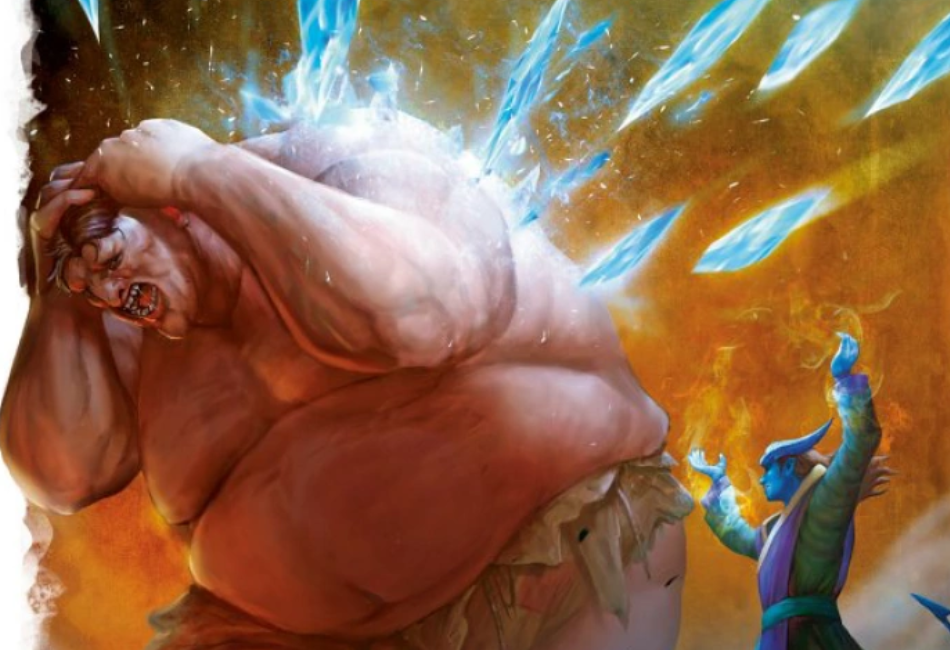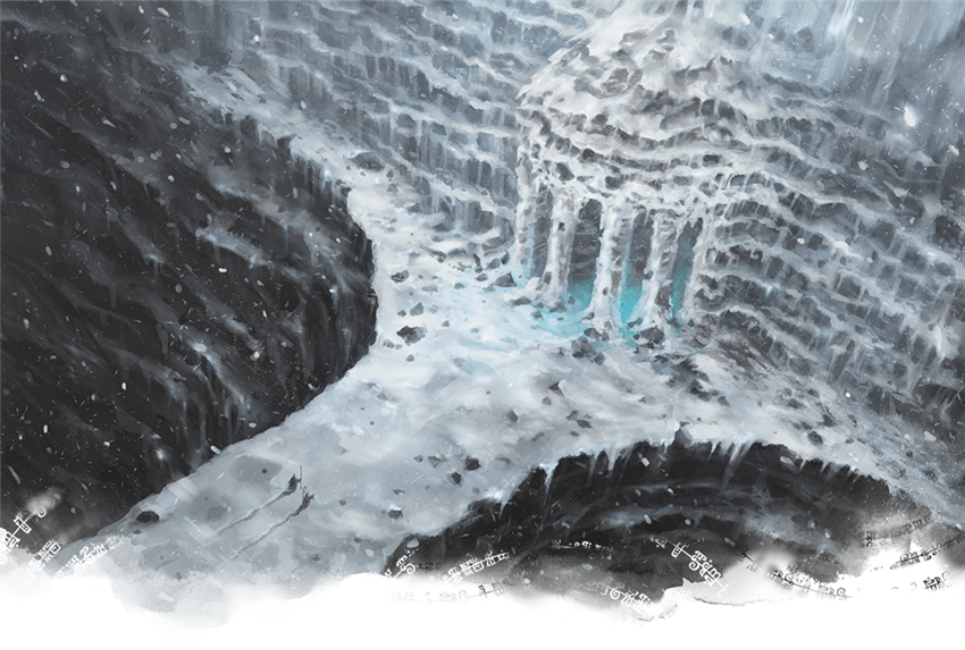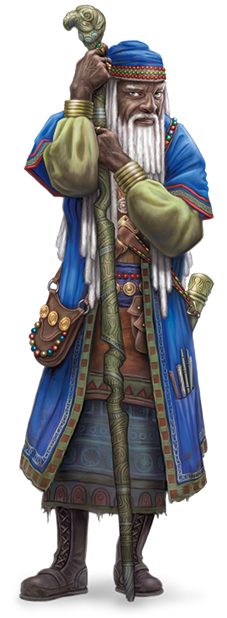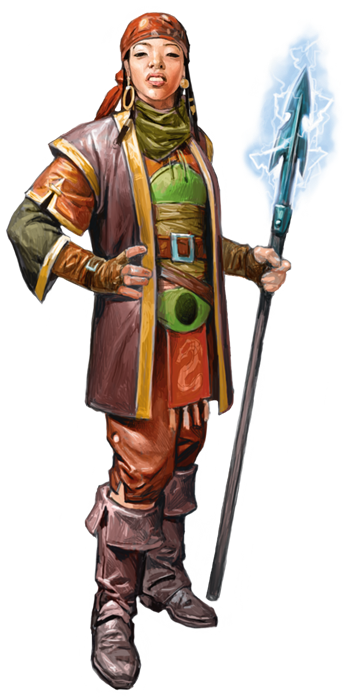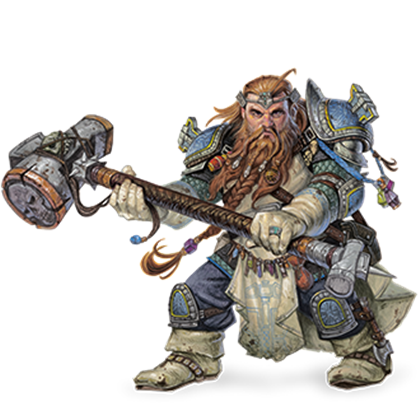Dungeons and Dragons have gone through numerous updates and versions from D&D to the current 5th edition, the game has changed so much, yet at the same time, it has remained nearly the same. A tabletop RPG played with pen and paper is now adapted online through websites like Roll20 or applications like Tabletop Simulator.
I played 3.5 edition and 5th edition for over a decade by this point, as DM and player from both sides of the screen. I have also completed many campaigns of other systems such as FATE, Blades in the dark, and Pathfinder 2nd edition. So from Druids to Fighters to Bards, I have experienced much, and I genuinely want to share it.
With this in mind, let’s begin our Ice Storm 5e Guide and talk more about Ice Storm in the 5th edition.
Ice Storm Effect
- Casting Time: 1 Action
- Range: 300 Ft
- Target: A 20-foot radius, 40-foot high cylinder centered on a point within range
- Components: V, S, M, (A Pinch of dust and a few drops of water)
- Duration: Instantaneous
This D&D spell creates a hailstorm that slams into the ground. Each creature in the cylinder must make a Dexterity saving throw. A creature takes 2d8 bludgeoning damage, and 4d6 cold damage on a failed to save or half as much damage on a successful one. The Hailstones turn the storm’s area of effect into difficult terrain until the end of your next turn. At higher levels, the bludgeoning damage increases by 1d8 for each slot above 4th.
So in layman’s terms, this is a long-ranged spell with an average-sized area of effect. On a side note, though the area of effect is average, it goes up to extreme heights, which means you can hit flying things quite well with this spell. Pair that with the ability to create difficult terrain (which causes creatures to move at half speed) and its dual damage typing, and you can consider this spell higher up on the list of 4th level spells.
Casters can use this spell in more ways than you can think outside of combat. It is a spell that creates lasting effects; it can put out a fire and make drinkable water through the ice it makes. It has a much further range than other spells and has less likelihood of collateral damage.
So how did this spell come to be?
Origins
Jim Butler first mentions this spell in “The Winds of Netheril” as part of the greater universe of the Forgotten Realms. Back then, it was known as Veridon’s storm and was created to chill a city’s cold storage rooms for the freezing of fish.
Veridon was a renowned mage in those books as an arcanist who used ice and fog spells. This would, later on, be added to D&D 2nd edition under a new name: Ice Storm.
In the 2nd edition, Ice Storm was functionally different; due to the limits of the old system, this spell could have one of two effects. Either it creates giant hailstones to crash down for one round in a 40-foot diameter dealing 3d10 damage, or it would generate sleet in an 80-foot diameter, blinding creatures and causing the ground to be “Icy” slowing movement by 50% and making it 50% probable that a creature trying to move in the area slips and falls.

It was considered a spell that fell into Evocation, Water, Sea, Inventive, and Variation schools. A far cry from the current school of Evocation magic. Most of its effects were set to a 50% chance, so it would be a coin flip on whether or not the creature within it would be blinded or slowed. It also directly negates heat metal, which was removed in later editions.
In the 3.5 edition, this spell could be cast by Druids, Sorcerers, or Wizards.
Side note: Clerics with the Water domain may also cast this if they choose to learn it.
Functionally the spell was slightly more potent. This edition’s version lasted one full round, did not need concentration (because concentration did not apply to spells directly yet), reduced the Listen skill temporarily, had the difficult terrain effect, and disappeared at the end of the round, which means that this spell was much more robust and made the clean-up easy.
This, later on, became the Ice Storm we know now. Mostly the same and now adapted to the modern era. It is fascinating that the spell mainly remained intact even with all of the transitions between editions. So knowing this now, how can we and who can use the spell?
What D&D Classes can use it?
Druids, Wizards, and Sorcerers can freely pick up the spell. Oath of Ancients Paladins and Tempest Clerics can learn this spell as well. I believe that this spell fits the motif that each of these classes and subclasses has in the 5th edition. They characterize and separate the classes into unique identities without complicating the game too much.
Druids
Use nature-based magic, and in that regard, they also have much more control spells than the other classes. While many are concentrated, some of the instantaneous spells still leave a lingering effect on the field. This spell adds more to their repertoire in a pinch or while escaping, and this can be a significant obstacle to throw out.
They can learn this spell at level 7 onwards and are not limited by a subclass.
Wizards
They are masters of their craft and inventors of spells themselves. It makes sense that the class who has the most spells to learn would be able to understand this spell as well. Wizards get this “I must know more” vibe, and this is a way to roleplay that.
Like Druids, they can learn this spell at level 7 and are not limited by a subclass.
Sorcerer
You learn magic innately, and this spell is literally in your blood or, depending on what subclass you are, your lineage. Sorcerers have this image of a naturally talented spell caster and, without going too deep into the previous editions, pseudo “randomly” learn spells.
As random as it is, mechanically, they can choose what they know, but they cannot change what they learn, so in that regard, if there is ice in their blood, then this might show up in their list.
So long as you choose this spell at Level 7, you can learn it without any trouble.
Oath of Ancients Paladins
Usually, Paladins cannot learn this spell; to keep in theme, as a faith-based caster, most of their spells are either healing or smites and waves. What sets the Oath of Ancients paladin apart is that he swears to uphold the natural order, the Ancients, and life itself. In that vein, they learn more nature-oriented spells, which is one of them.
Unlike the full casters on this list, a Paladin is considered a half caster. This spell is regarded as an Oath spell, which means that the Paladin has access to this spell at level 13, and he cannot change this spell out for another spell.
Tempest Cleric
Clerics are forces of the Gods, and depending on who they pray to; they gain access to certain themed spells. In the case of Tempest Domain, the power of the storms is granted to them by following gods such as Zeus, Auril, or Talos, if that makes sense, a sort of Divine storm, a partial act of god, the partial act of nature.
Clerics are full casters, so they also learn this spell at level 7; however, they are forced to have this spell since this is their domain or subclass. This means that they cannot unlearn the spell even if they want to.
Is it Good?
This spell is in the middle of the pack for 4th-level spells. That is to say that there are more effective spells, and there are much worse spells. Let me go into detail about why it is the middle of the pack.
Good Points
- Tall hurt box
- Extremely long cast range
- Good utility out of combat
- Varied damage type
So, yeah, it has quite a lot of use depending on the setting and what the Dungeon Master allows, but in general, you want to use this either as an escape tool or as an engagement tool. Some spells do more damage and spells with better control aspects but paired with the range and the spell level, it does quite a lot.
Bad Points
- Relatively low damage for its level
- Many monsters are resistant to Cold
- Most fights do not go vertical, so Cylinders are less effective.
- Niche application in most combats.
Sad to say but compared to other spells of this level, such as Polymorph or Wall of Fire, its control is much weaker than changing someone into a harmless animal or locking an entire zone with flames. (respectively) Damage-wise, it still falls short of spells like Blight or summoning spells that you can access at this level.
Comparisons (4th level)
Let’s look into more detail about a specialized spell as a comparison.
Polymorph, for example, is a 4th-level spell with the same casting time of one action. Assuming the enemy fails the saving throw, it turns the enemy into a beast-type creature; while it is much weaker once this form is dispelled or killed, it returns to its original state, taking the excess damage dealt. So it does absolutely nothing for damage, but from a control standpoint, it does quite a lot more.
It lowers the creature’s AC to whatever the beast’s form is. Changes the creature’s size and practically stuns it as it no longer has access to its previous abilities, and it does not make any additional saving throws following the failure.
This makes it manageable and easy to move the creature around for the entire duration of 1 hour. Essentially you can trivialize boss fights as you chuck that mouse or small animal off a cliff and watch the boss get smushed by gravity.
A” Good Spell” Fireball

An example of an excellent spell is Fireball; it is one of if not the best spells in the game. It does 8d6 fire damage in a 20ft radius and scales with spell level as a third-level spell. Radii are one of the best areas to get as enemies tend to gather in small spots and the massive damage it does for its level. This makes it one of the pinnacles of damage spells.
So you can see why this spell is considered “good.”
“Bad Spell” Find Traps
On the other hand, Find Traps is a bad spell, and here is why: This spell allows you to sense the presence of any trap in 120ft range that is within the line of sight. Traps are anything intentionally placed to inflict a sudden or unexpected effect that the caster considers harmful or undesirable. On top of that, it also lets you detect that a trap is present, not where it is, but it does tell the general nature of the danger posed by the trap.
It does not truly help as it does not inform you where the trap is or disarm the trap directly. It lets you know that it exists, so compared to other 2nd level spells that do damage or provide utility, this spell does not even trivialize the rogue’s job; it just adds more steps and eats more resources.
That is why it is considered “bad.”
FAQ
Question: Can Ice Storm be cast in the Air?
Answer: Rules as Written, yes it can. So long as the caster can point out a spot, the spell will be centered from there; however, some DMs might specify that the point has to be on the ground or a solid object.
Question: Can Ice Storm be cast Indoors?
Answer: Yes, it can, The storm is created indoors but stops upon having no more vertical clearance and disappears soon after; however, the hail it creates does not disappear, making the interior design a complete mess by the end of it.
Question: Is the save on Ice Storm for both damage types?
Answer: Sadly, yes. If you save on Ice Storm, you take half damage from both damage types.
Ice Storm 5e Guide: Final Thoughts
I would put this spell as average overall. If you can find those niche scenarios to use this spell, it would be much better, but that is because you have to be in those niche scenarios rather than being able to use it whenever and where ever to maximum effectiveness. However, even when not at maximum effectiveness, it does good damage and has two damage types in one spell. It has a good reach and tall range, so I would say that a creative player can go far with it.
- Prestige Classes 5e Guide - September 20, 2022
- Rod of the Pact Keeper 5e Guide - September 15, 2022
- Sanctuary 5e Guide - September 14, 2022

